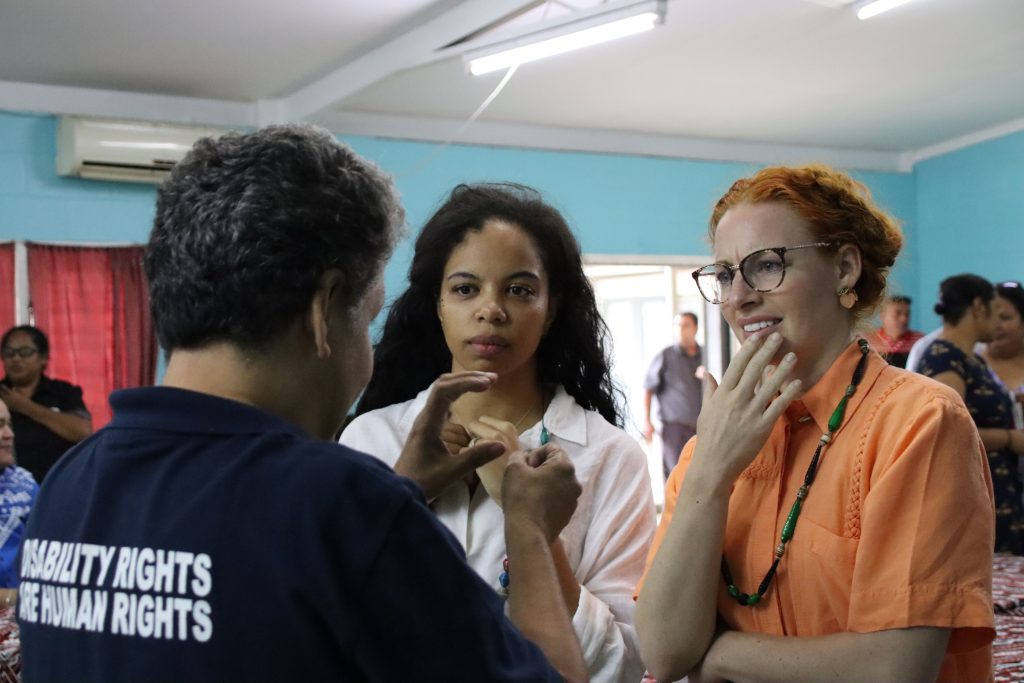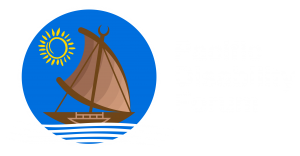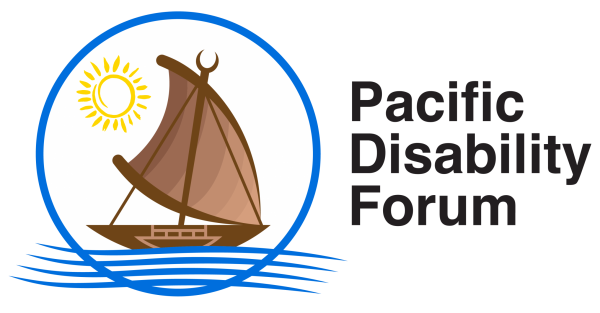Sign Language opens the world for the deaf
September 23rd marks International Day of Sign Languages. According to the World Federation of the Deaf, there are more than 70 million deaf people worldwide. More than 80% of them live in developing countries. Collectively, they use more than 300 different sign languages.
As the Pacific Disability Forum continues to works in promoting and advocating for the recognition of the needs and rights of all persons with disabilities in the Pacific, a call is being made to ensure that sign language is included all aspects of life, work and school to ensure that no one is left behind.

The Convention on the Rights of Persons with Disabilities (CRPD) recognizes and promotes the use of sign languages. In Article 30, State parties are obligated to facilitate the learning of sign language and promote the linguistic identity of the Deaf community.
Sign language is the use of gestures and signs instead of the spoken language and is used by the Deaf community. There is an International Sign Language which is used in international and big meetings whilst each country has adapted to their own. For example, there is the Fijian Sign Language for Fiji, and this is recognised around the Pacific Island countries and there is also Australian Sign Language. Sign languages are fully fledged natural languages, structurally distinct from the spoken languages.
The UN General Assembly has proclaimed 23 September as the International Day of Sign Languages in order to raise awareness of the importance of sign language in the full realization of the human rights of people who are deaf.
#disabilityinclusion

